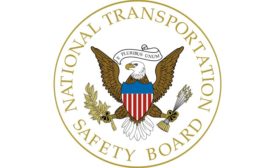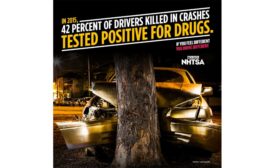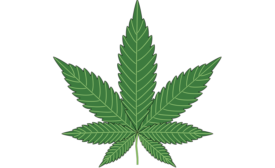Home » Keywords: » impaired driving
Items Tagged with 'impaired driving'
ARTICLES
With marijuana legalization, drugged driving dangers get a higher profile
Many users think they can't be arrested for a DUI
August 15, 2019
Become a Leader in Safety Culture
Build your knowledge with ISHN, covering key safety, health and industrial hygiene news, products, and trends.
JOIN TODAYCopyright ©2024. All Rights Reserved BNP Media.
Design, CMS, Hosting & Web Development :: ePublishing






